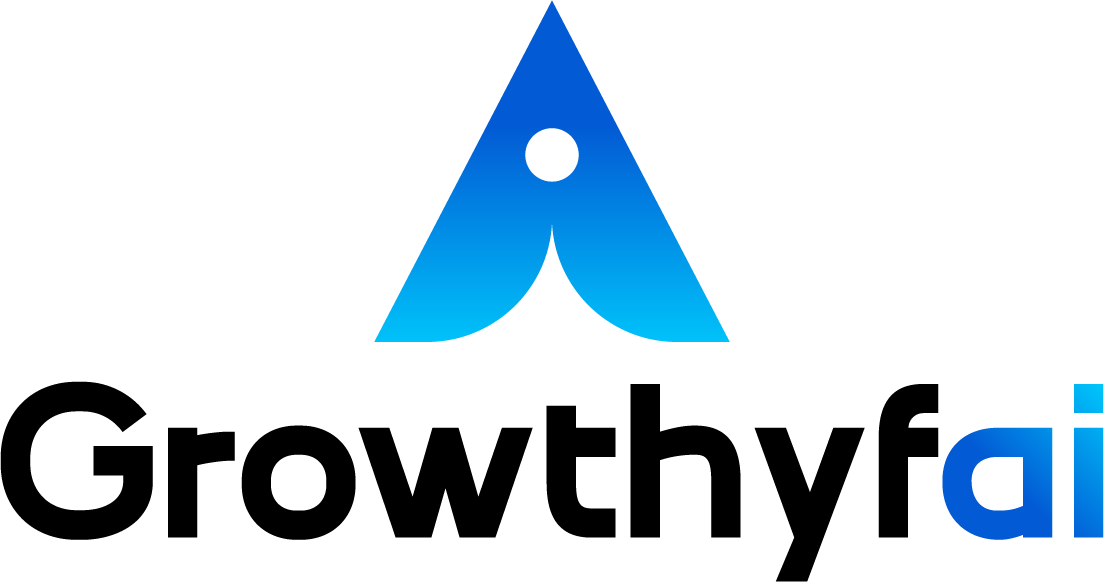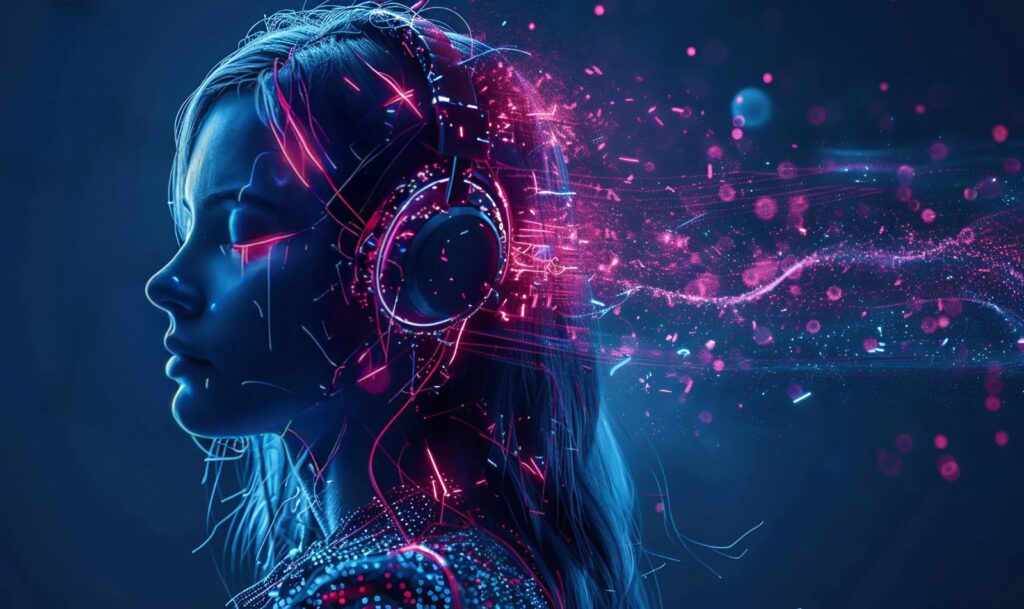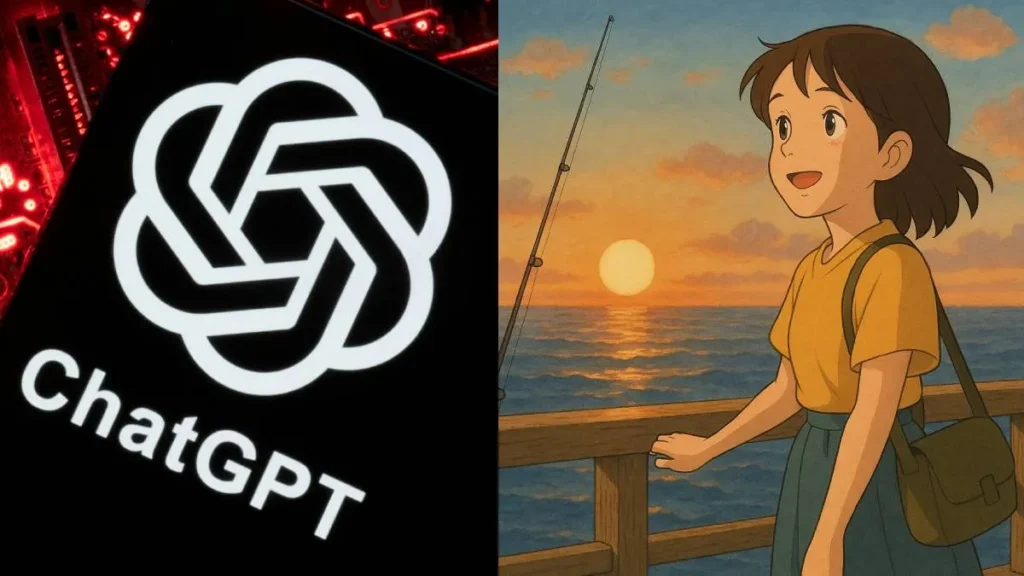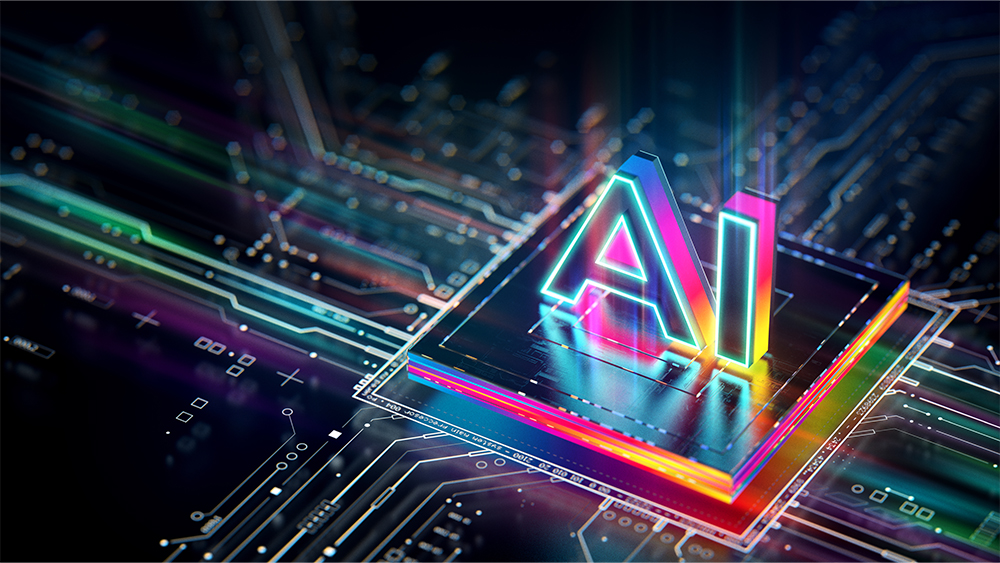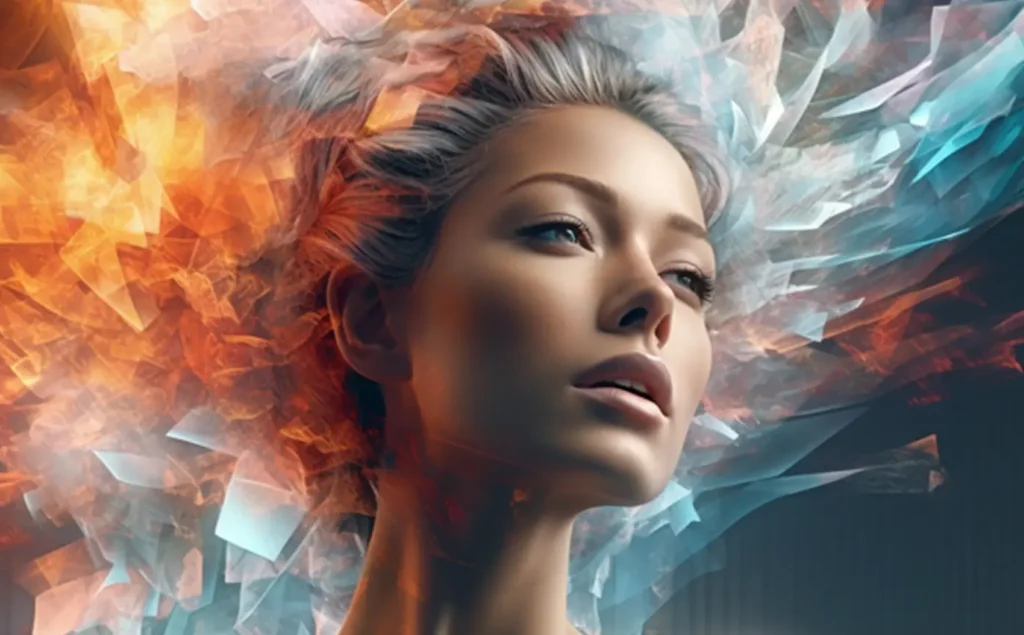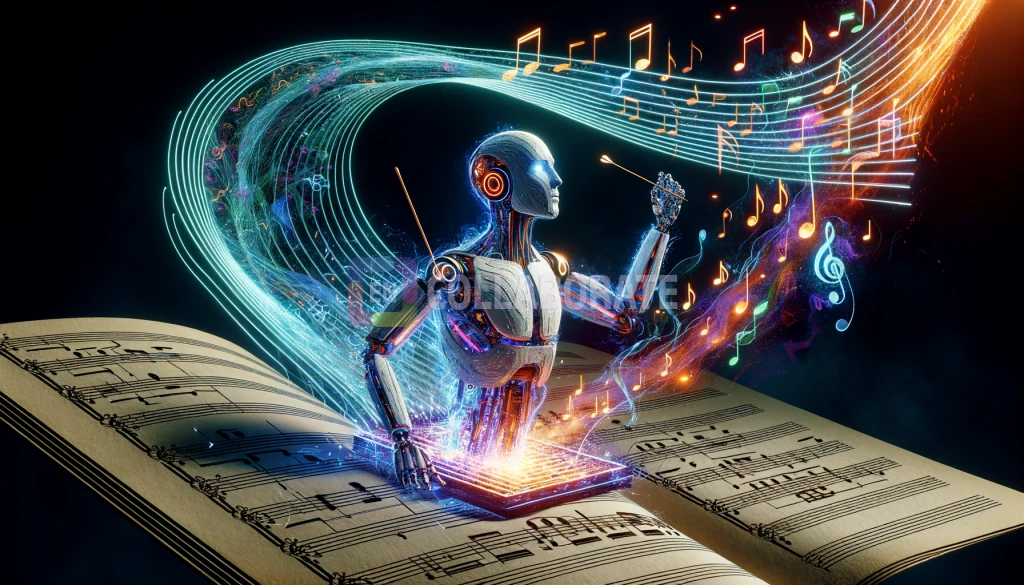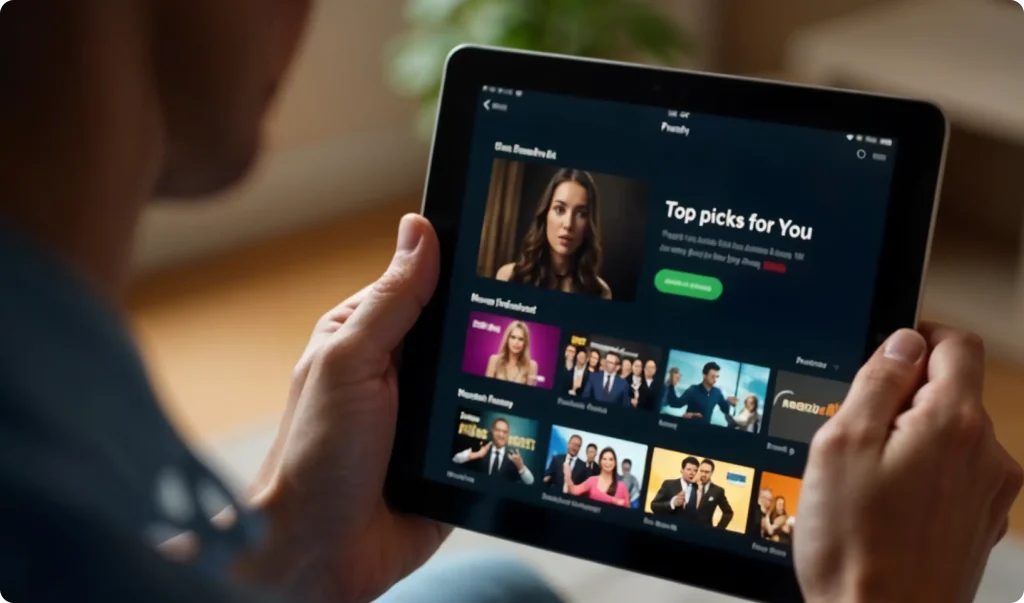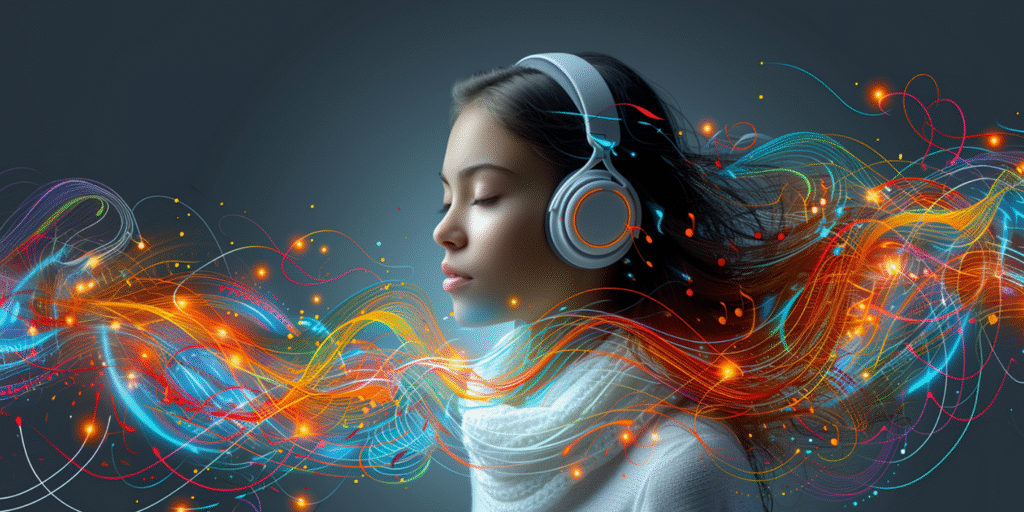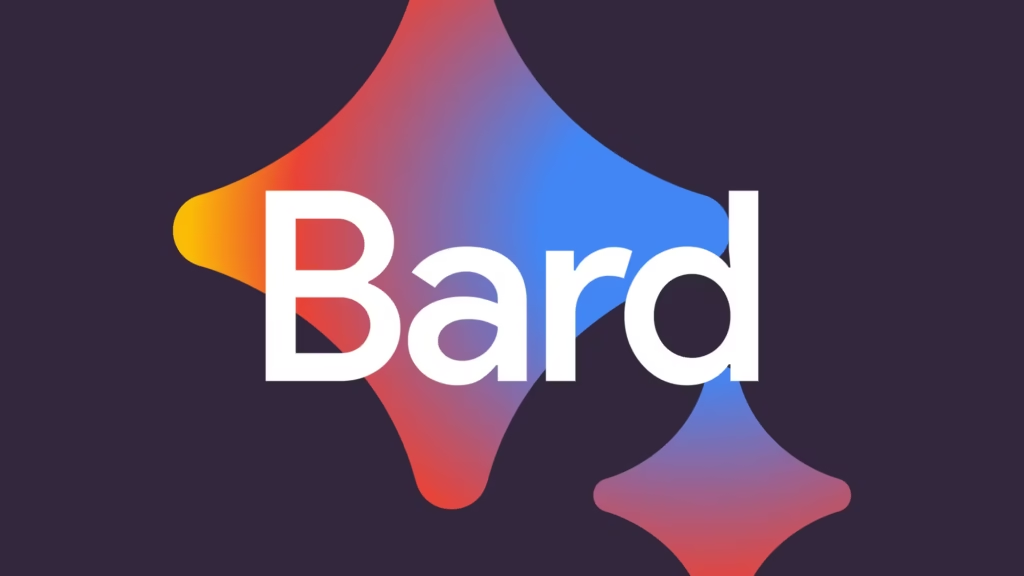Rethinking Creativity: Can AI Compose Symphonies or Paint Masterpieces?
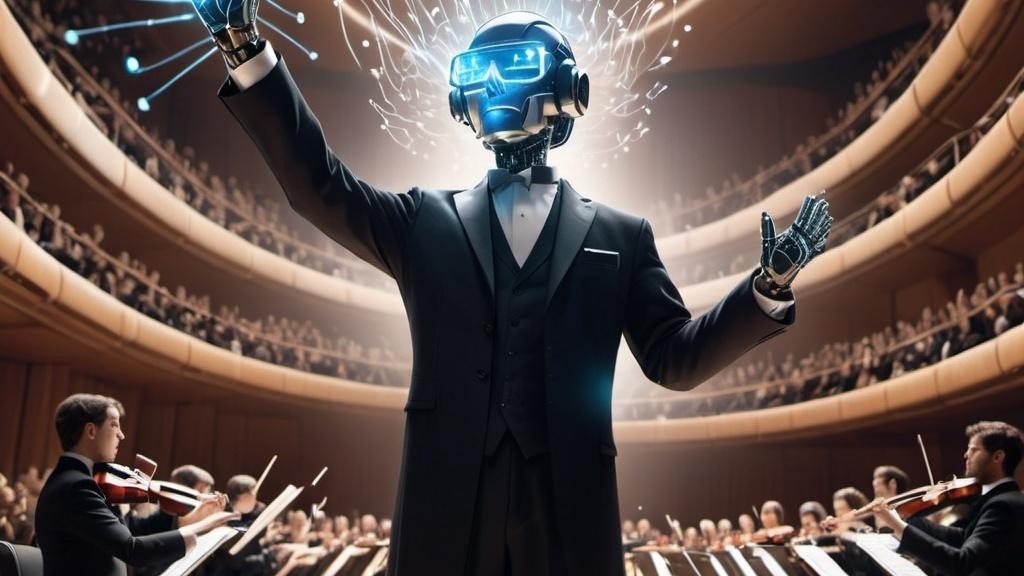
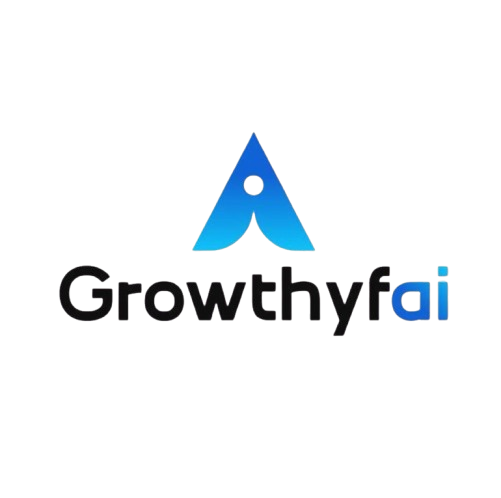
In the fast-evolving world of technology, artificial intelligence stands at the forefront, reshaping various domains from healthcare to transportation. One intriguing aspect of AI’s potential lies in its capacity to engage in creative pursuits traditionally dominated by humans. Can AI compose symphonies that move us or paint masterpieces that captivate our imaginations as profoundly as human creators do? This blog post delves into the fascinating intersection of AI and creativity, exploring the possibilities and limitations of artificial intelligence in artistic endeavors.
Understanding AI’s Creative Capabilities
As machines become increasingly sophisticated, their ability to simulate human-like creativity is drawing attention. However, it’s crucial to understand that AI does not inherently possess creativity. Instead, it functions based on algorithms and datasets provided by human programmers. This means that while AI can produce art or music, its creations are rooted in patterns and data rather than original inspiration. AI does not understand emotion or context; it generates output based on pre-defined instructions.
Despite these limitations, AI has made significant strides in artistic fields. This progress is often due to what is known as ‘machine learning,’ wherein AIs can improve performance by learning from examples. In creative arts, this involves analyzing large datasets of existing art or music to generate new pieces. Still, the central question remains: Can these creations rival those of human masters?
AI Composing Symphonies
The world of music offers diverse examples of AI’s capabilities. One notable initiative is AIVA (Artificial Intelligence Virtual Artist), an AI designed to compose classical music. AIVA has been trained on works from legendary composers like Beethoven and Mozart, learning to generate pieces that mimic their styles. The results are impressive, often indistinguishable from those created by human hands. Yet, the emotional depth and intuitive touch of human composers are challenging to replicate.
Another example is Google’s project Magenta, which explores the role of AI in creating music and art. Using a neural network, Magenta has been used to produce short musical compositions, demonstrating AI’s potential to innovate in music creation. However, AI remains a tool that aids human composers rather than replacing them. The symphonies generated still rely heavily on human input and guidance to achieve their intended emotional impact.
AI Painting Masterpieces
In the realm of visual art, AI has already left a significant mark. One of the most famous instances is the sale of an AI-generated painting titled “Portrait of Edmond de Belamy” by the artist collective Obvious. This piece sold for a staggering $432,500 at a Christie’s auction, capturing the art world’s attention. The painting was created using a method called Generative Adversarial Networks (GANs), where two neural networks work together to generate original content.
AI has also been applied in projects like DeepArt and Google’s DeepDream, which generate images by applying styles drawn from famous artworks. These projects demonstrate AI’s capacity for style transfer, allowing it to create visually compelling pieces that echo human artistry. However, while AI can produce remarkable visual results, the absence of intent and personal narrative sets it apart from human artists whose works often derive meaning from lived experiences and cultural contexts.
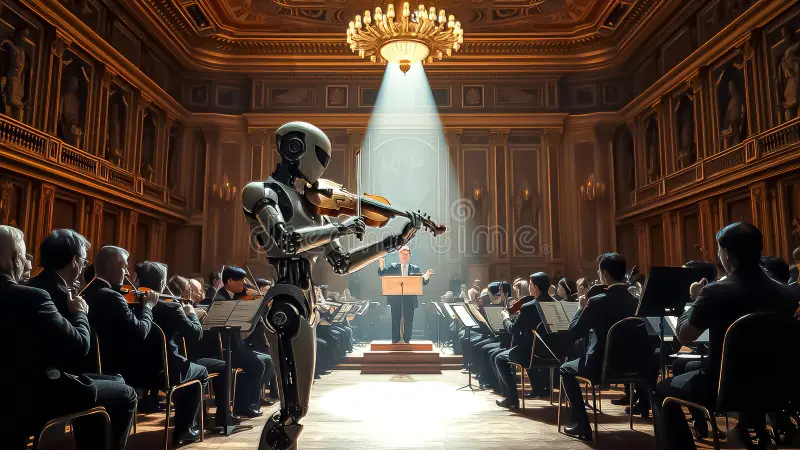
The Human Factor
One of the most significant distinctions between AI-generated art and human-created works is the presence of the human factor. Creativity in humans is often deeply connected to personal insights, emotions, and the complex fabric of individual experiences. Artists and composers draw from their stories, tapping into a reservoir of emotions that machines simply do not possess.
AI finds a valuable role in complementing human creativity by handling repetitive tasks or inspiring new directions. For instance, AI can suggest chord progressions, color palettes, or style transfers, sparking new ideas for artists and musicians. However, without the human touch to infuse life into these creations, AI remains a sophisticated tool rather than an autonomous creator.
The Role of Collaboration
The future of AI and creativity may lie in collaboration rather than competition. By leveraging AI as a partner, artists and composers can explore new frontiers of creativity that were previously unimaginable. For example, AI can analyze vast musical datasets to identify unique combinations that artists can integrate into their work. Similarly, visual artists can use AI to experiment with styles or produce high-quality digital art quickly.
Moreover, collaboration between AI and human creators fosters innovation and diversification in the creative process. This symbiotic relationship enhances creativity by allowing humans to focus on inspiration and emotion while AI provides technical support and novel ideas.
Conclusion: The Future of Creativity
The question of whether AI can truly compose symphonies or paint masterpieces is more profound than it appears. While AI has demonstrated remarkable capabilities in generating art and music, it lacks the emotional depth and personal context that define human creative work. Instead of seeking to replace human artists, AI holds immense promise as a tool that complements and enhances human creativity.
As AI technology continues to evolve, its role in the creative arts will likely expand, providing artists and composers with new opportunities for exploration and expression. The true power of AI in art lies not in rivaling human creativity but in augmenting it, offering new avenues for creative exploration. In this digital age, rethinking creativity may mean embracing this new collaborator in our artistic endeavors.
